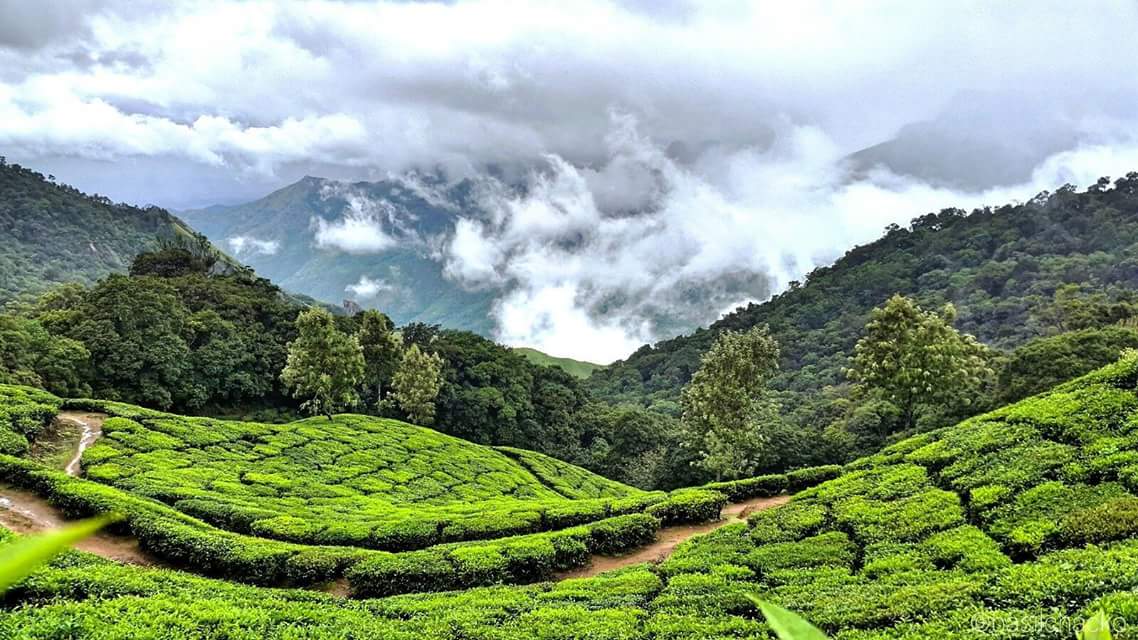In South India, five temples were built for each of the five elements – Earth, Water, Fire, Air and Space. These are the Pancha Bhootha Sthalas. Geographically, they are all within the Deccan Plateau – four in Tamil Nadu and one in Andhra Pradesh. The temple for water is in Thiruvanaikaval (Trichy), fire is Thiruvannamalai, Kalahasti (Andhra) is air and Kanchipuram is earth. The temple for space is in Chidambaram.The Chidambaram temple is an incredible space.
The newer part of the temple is around a thousand years old but no one knows how old the older part of the temple is. People say it is 3,500 years or more. This is how Indian culture has been. Even in ancient times, just look at the kind of temples they built. Whether you see the Rameshwaram temple, the Chidambaram Temple, or the Madurai Temple, these are all huge establishments and they were created a thousand years ago. At that time, almost every human being except the king lived in shacks.
There was no machinery, trucks or cranes, but they worked for a couple of generations on these temples with a single-minded purpose. These people dedicated their whole life, they lived and died to create these temples because it meant so much to them.
Nataraja – The Lord of Dance
At the Chidambaram temple, there is the Nataraja, Shiva as the Lord of Dance. Natesha or Nataraja is one of the most significant forms of Shiva. The Nataraja form essentially comes from Southern India, particularly from Tamil Nadu. It represents the exuberance of creation, the dance of creation which self-created itself from the eternal stillness. Nataraja standing in Chidambaram is very symbolic because what you call as Chidambaram is just absolute stillness. That is what is enshrined in the form of this temple. The classical arts are to bring this absolute stillness into a human being. Without stillness, true art cannot come.
One thing about Chidambaram is the Nataraja, but the main deity is an empty space.
Just the buildings of the Chidambaram temple cover around thirty-five acres. They are built completely of stone and are magnificent. Apart from this, hundreds of acres of lands were attached to it, along with jewellery to maintain the vast temple. But during the British era, they took over many temples because of the enormous amount of wealth attached to them and all the jewellery has completely disappeared today. They say that a huge amount of the British funding for World War II came from Indian temples. Lands were also taken over and distributed, so the temple has become poor and unmanageable now.
Today there are around 360 families who are conducting the rituals and are also the beneficiaries of the temple. But they are unable to maintain it so many things are going away. All the vegetable dye paintings on the ceiling, which are a thousand years old are almost sixty percent gone. The plaster has fallen off and there is nobody for upkeep. And unknowingly, they have put up concrete structures here and there in this hundred percent stone temple because of which the aesthetics and the dynamics of the temple are badly disturbed.
Chidambaram is otherwise called as ‘Thillai’, because there were abundant Thillai trees. According to the Hindu Mythology if you visit and have a Darshan at Chidambaram you will get salvation from this life (birth).
Festival: Natyanjali is a prominent festival celebrated during February every year when Bharatanatyam dancers from all over the country converge to present dance offering to Nataraja. Natyanjali festival is to be held’ on 17th – Tuesday February 2015 – MAHAA SIVA RAATHRI – Chidambaram temple (Dance festival starts this date & goes on for 5 days)
For Travel Planning : https://www.south-india-tours.in/tour-packages/temple-tours-of-south-india.html




























